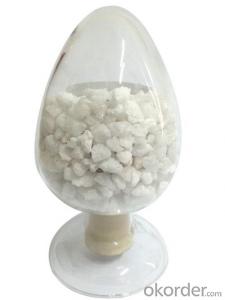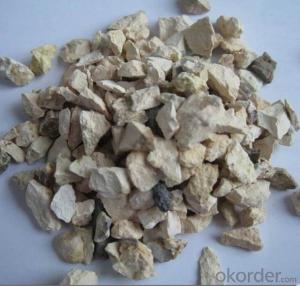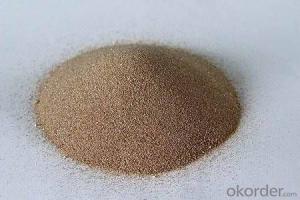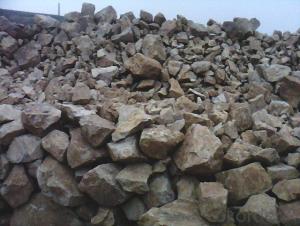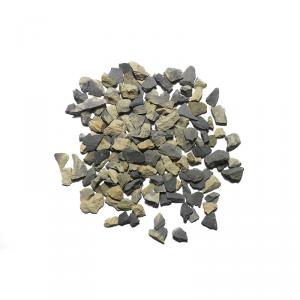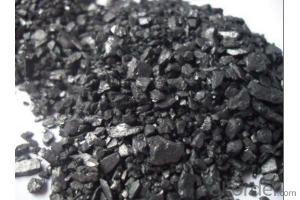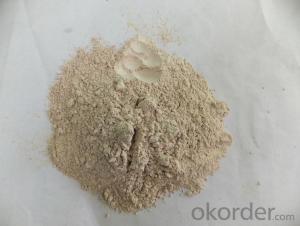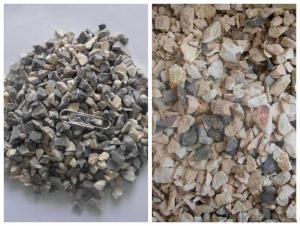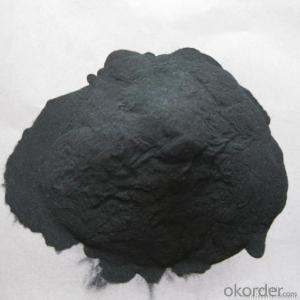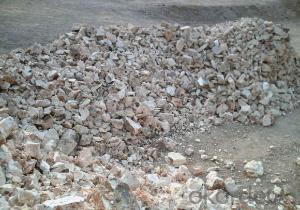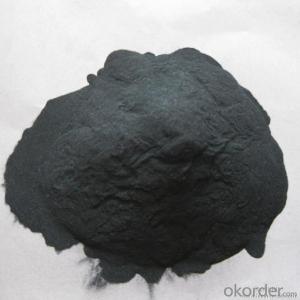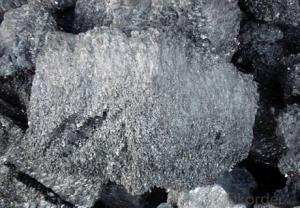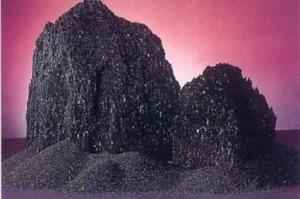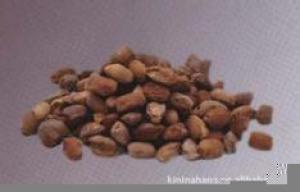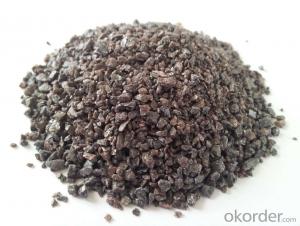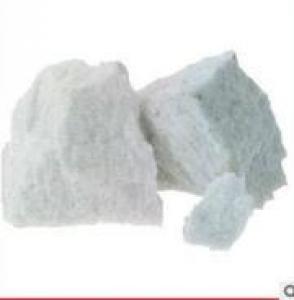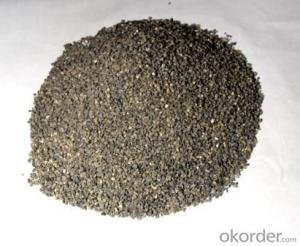All Categories
- - Steel Wire Rod
- - Steel Coils
- - Steel Profiles
- - Steel Pipes
- - Stainless Steel
- - Tinplate
- - Special Steel
- - Steel Sheets
- - Steel Rebars
- - Steel Strips
- - Hot Rolled Steel
- - Cold Rolled Steel
- - Pre-painted Steel
- - Seamless Steel Pipe
- - Welded Steel Pipe
- - Hollow Steel Tubes
- - Galvanized Pipe
- - Stainless Steel Coil
- - Stainless Steel Sheet
- - Stainless Steel Plate
- - Stainless Steel Strips
- - Electrolytic Tinplate Coil
- - Electrolytic Tinplate Sheet
- - Stainless Steel Rebars
- - Solar Panels
- - Solar Water Heater
- - Solar Related Products
- - Solar Inverter
- - Solar Cells
- - Solar Light
- - Solar Energy Systems
- - Solar Controllers
- - Solar Mounting System
- - Solar Pump
- - Solar Chargers
- - Fiberglass Chopped Strand
- - Fiberglass Mesh Cloth
- - Composite Pipes
- - FRP Pultrusion Profiles
- - Fiberglass Mat Tissue
- - Fiberglass Fabrics
- - Fiberglass Mesh
- - Composite Tank
- - Fiberglass Mesh tape
- - Polymer
- - FRP Roofing Panel
- - Fiberglass Roving
- - Monolithic Refractories
- - Ceramic Fiber Products
- - Refractory Bricks
- - Raw Materials For Refractory
- - Suspended Platform
- - Cranes
- - Concrete Machinery
- - Earthmoving Machinery
- - Building Hoist
- - Road Building Machinery
- - Plastic Pipe Fittings
- - Plastic Tubes
- - Plastic Sheets
- - Agricultural Plastic Products
- - Plastic Nets
Q & A
Describe the function of refractory anchors in furnace linings and their different types.
Refractory anchors play a crucial role in furnace linings by securely holding the refractory materials in place, preventing them from shifting or falling off due to high temperatures and mechanical stress. These anchors act as a support system, ensuring the stability and integrity of the furnace lining.
There are different types of refractory anchors available, such as V anchors, Y anchors, Crook anchors, and Spiral anchors. Each type is designed to suit specific applications and provide optimum holding strength for different refractory materials. V anchors are commonly used for lightweight insulating fire brick linings, while Y anchors are suitable for dense refractory linings. Crook anchors are ideal for anchoring refractory castables, and Spiral anchors are used for securing ceramic fiber linings. Overall, the function of refractory anchors is to enhance the durability and longevity of furnace linings by preventing displacement and maintaining their structural integrity.
How is graphite employed in refractory materials?
Graphite is utilized in refractory materials due to its exceptional heat resistance and low thermal expansion properties. It acts as a reinforcing agent, providing strength and stability to the refractory structure. Additionally, graphite's lubricating properties help reduce friction between refractory particles, enhancing their flowability during installation.
What are the different types of dolomite used in refractory applications?
There are mainly two types of dolomite used in refractory applications: dead-burned dolomite and sintered dolomite. Dead-burned dolomite is produced by heating dolomite to a high temperature, resulting in a material that is chemically stable and has high refractory properties. Sintered dolomite, on the other hand, is made by compacting and heating dolomite at a lower temperature, which produces a material with improved strength and resistance to thermal shock.
Which refractory raw materials have high compressive strength?
Some refractory raw materials that have high compressive strength include alumina, magnesia, and silicon carbide.
Wholesale Raw Materials For Refractory from supplier in South Korea
We are a Raw Materials For Refractory supplier serving the South Korea, mainly engaged in the sale, quotation, and technical support services of various Raw Materials For Refractory products in the South Korea region. We are a subsidiary platform of the Fortune Global 500 company CNBM, able to provide you with one-stop Raw Materials For Refractory procurement services in the South Korea. Not only do we have a wide range of Raw Materials For Refractory products, but after years of market development in the South Korea, we can also provide valuable experience for your projects.
Hot Search
- Monolithic Refractories in Bengal
- Ceramic Fiber Products in Peru
- Refractory Bricks in Bulgaria
- Raw Materials For Refractory in Papua New Guinea
- Ceramic Fiber Products in Algeria
- Raw Materials For Refractory in Yemen
- Raw Materials For Refractory in Samoa
- Ceramic Fiber Products in Tonga
- Raw Materials For Refractory in Indonesia
- Refractory Bricks in Guinea Bissau
